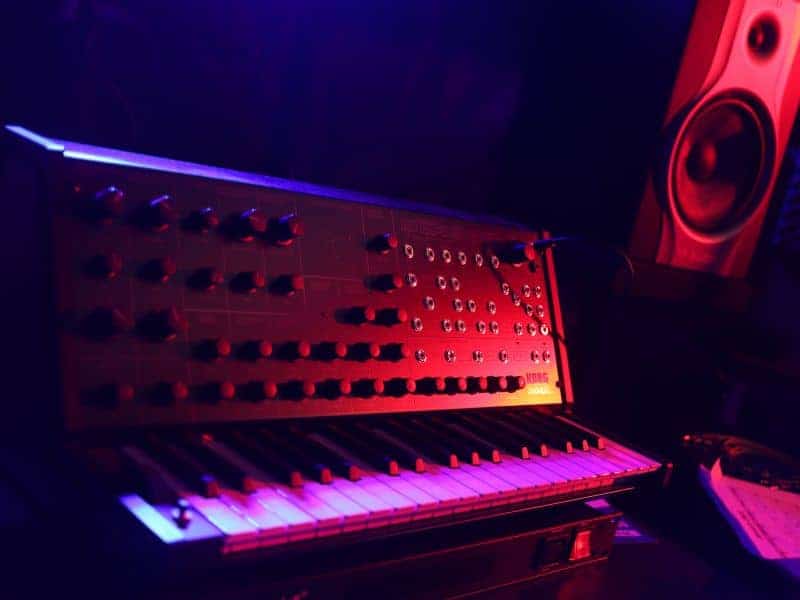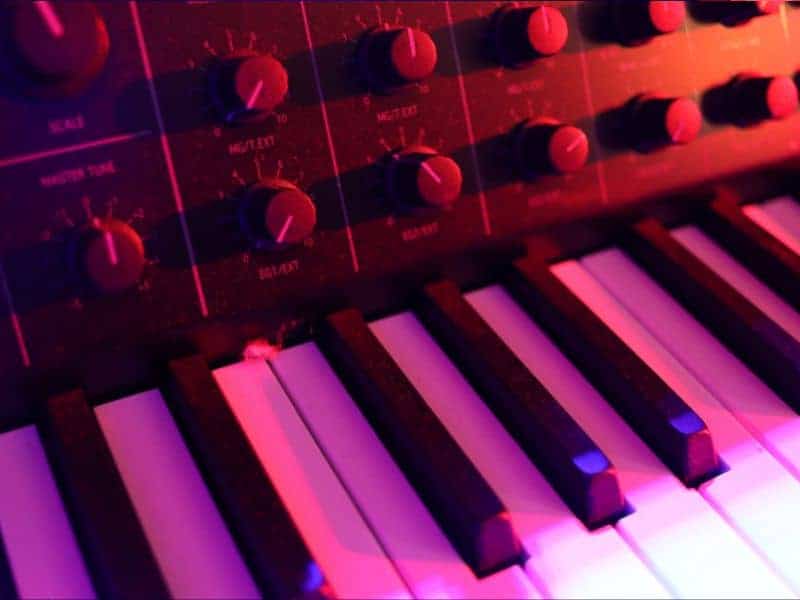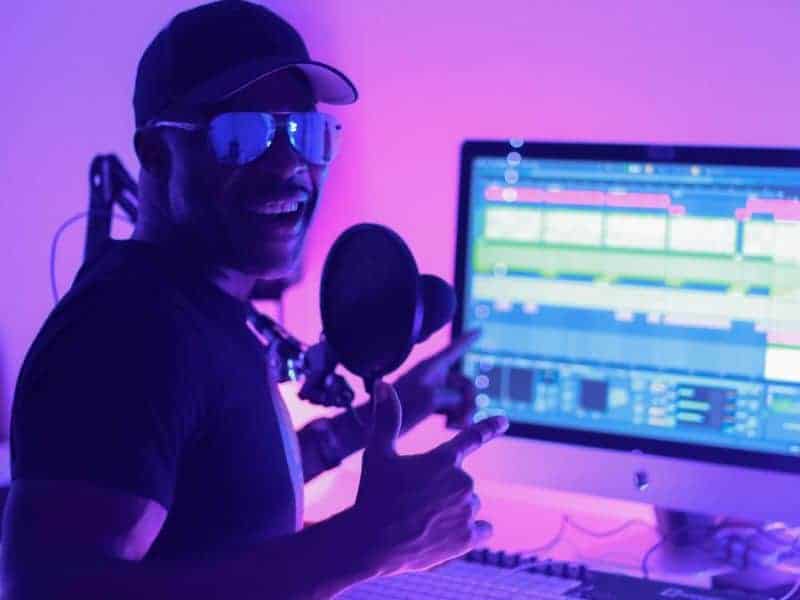Embarking on the journey of programming a synthesizer is akin to delving into the realm of sonic alchemy, where you have the power to shape and sculpt sound according to your creative vision. Whether you’re a beginner or an aspiring synth wizard, this blog post is your compass to navigate the intricate world of synthesizer programming. From understanding the basic building blocks to crafting unique and evocative sounds, we’ll unlock the secrets that enable you to master the art of programming your synthesizer.
1. Know Your Synthesizer Inside Out
Before diving into programming, take the time to get intimately acquainted with your synthesizer. Study the user manual, explore every parameter, and understand the terminology used. Familiarize yourself with the various oscillator types, filters, envelopes, LFOs, modulation sources, and effects that your synthesizer offers. A solid foundation in the instrument’s architecture is crucial for effective programming.
2. Understand the Basic of Sound Synthesis

Sound synthesis is the foundation of synthesizer programming. Begin with a grasp of the fundamental synthesis methods, such as subtractive, additive, FM (Frequency Modulation), and wavetable synthesis. Understand how oscillators generate waveforms, how filters shape timbre, and how modulation sources introduce movement and character to the sound.
3. Experiment with Oscillators and Waveforms
Oscillators are the sound generators of your synthesizer. Experiment with different waveforms, such as sine, sawtooth, square, and triangle, to create diverse starting points for your sound design. Blend and mix these waveforms to achieve unique textures and harmonics.
4. Master Filters and Envelopes
Filters and envelopes play a crucial role in shaping the timbre and dynamics of your sound. Dive into filter types like low-pass, high-pass, band-pass, and notch, and learn how to adjust parameters like cutoff frequency and resonance. Understand envelope generators (ADSR – Attack, Decay, Sustain, Release) to control the evolution of your sound over time.
5. Modulation Magic with LFOs

Low-Frequency Oscillators (LFOs) introduce modulation and movement to your sound. Explore how LFOs can modulate parameters like pitch, filter cutoff, or amplitude to add vibrato, tremolo, or other rhythmic effects. Experiment with different LFO waveforms and rates to create evolving and dynamic sounds.
6. Layering and Signal Flow
Creating depth and complexity often involves layering multiple oscillators, filters, and modulation sources. Understand the signal flow within your synthesizer and explore techniques like frequency modulation, ring modulation, and oscillator syncing to create intricate and evolving textures.
7. Expressive Techniques: Aftertouch, Velocity, and Modulation
Unlock the expressive potential of your synthesizer by utilizing features like aftertouch (pressure sensitivity), velocity (key strike intensity), and modulation sources like pitch bend and modulation wheel. These features allow you to add nuances, dynamics, and variations to your sound, making it come alive with emotion.
8. Experimentation and Creativity
The key to becoming a proficient synthesizer programmer is experimentation and creativity. Don’t be afraid to push boundaries, break rules, and step outside your comfort zone. Twisting knobs, experimenting with unconventional parameter combinations, and embracing happy accidents can lead to serendipitous discoveries that define your signature sound.
Conclusion
Programming your synthesizer is a transformative journey that empowers you to create sonic landscapes limited only by your imagination. By understanding the architecture of your synthesizer, mastering the basics of sound synthesis, and experimenting with oscillators, filters, envelopes, LFOs, and expressive techniques, you’ll unlock the ability to craft sounds that are uniquely yours. Remember, synthesis is a skill that evolves with practice and exploration. Embrace the art of sonic sculpting, and let your synthesizer be your canvas as you embark on a thrilling voyage of musical discovery.
Recent Posts
Finding time to produce music while managing a job can be challenging, but several strategies can help you balance both effectively. Prioritize Music Production Make music a priority in your...
We often imagine making music as an effortless flow of creativity—strumming guitars in sunlit rooms or producing beats late into the night with pure passion. But for many musicians, there’s a...

